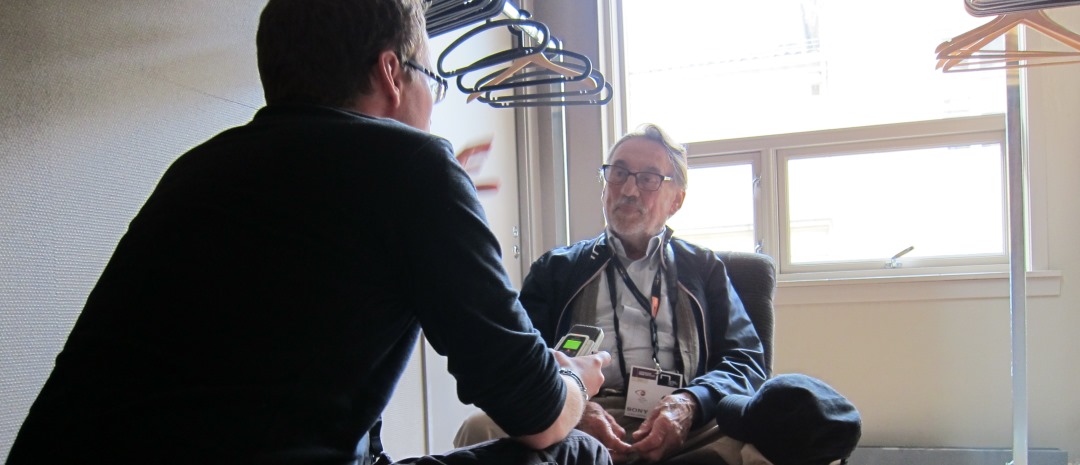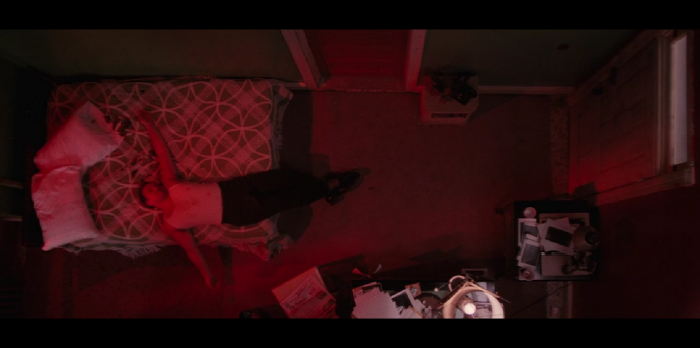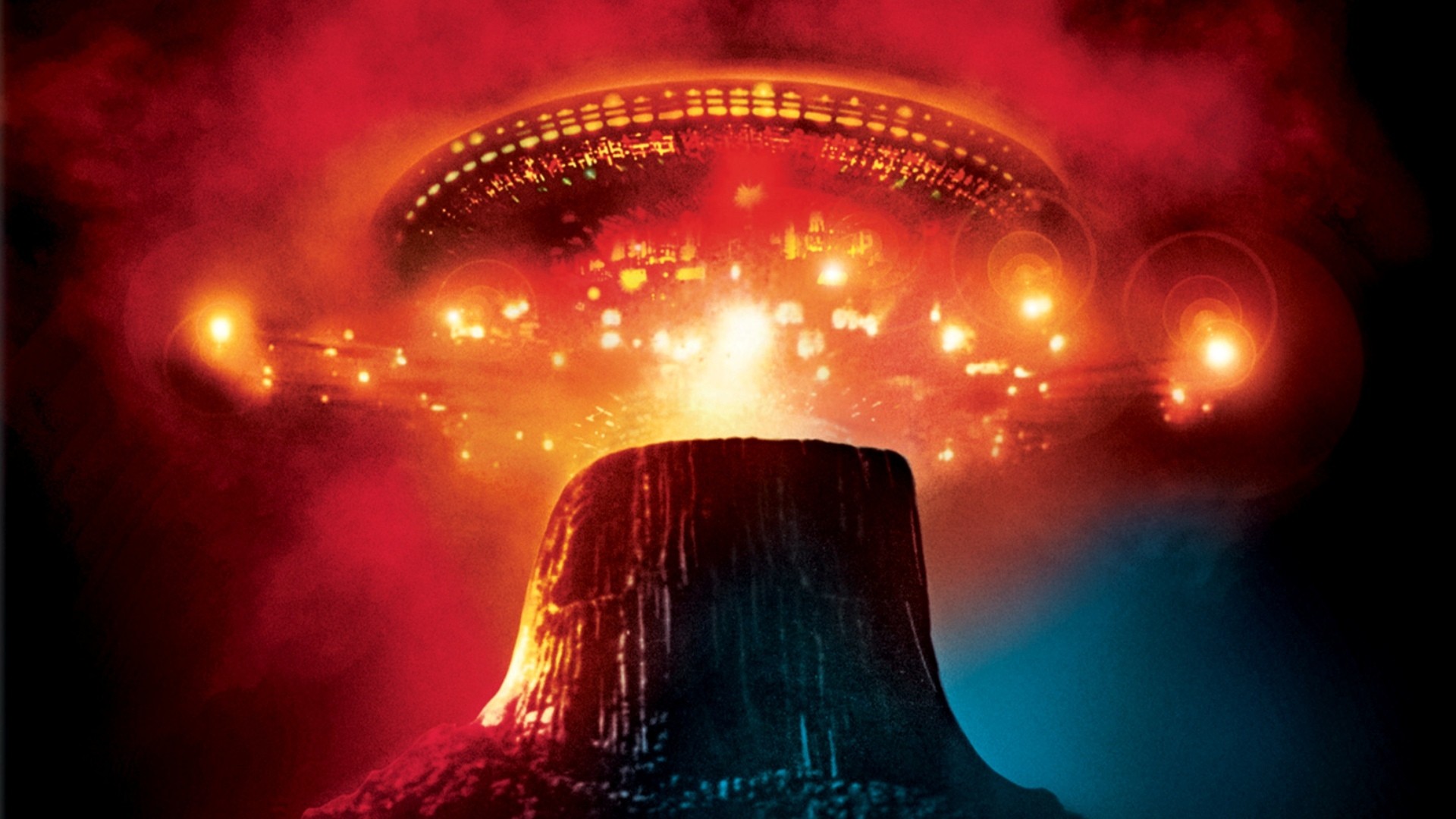*
I forbindelse med seminaret Oslo Digital Cinema Conference, som ble avholdt 6.-8. september 2013 på Filmens Hus, fikk Montages anledning til å slå av noen ord med hedersgjest Vilmos Zsigmond.
Zsigmond burde være kjent for de fleste cineaster. Han regnes for å være en av de 10 viktigste og mest innflytelsesrike filmfotografene gjennom alle tider, spesielt i sine samarbeid med regissører som Steven Spielberg, Brian De Palma, Woody Allen og Robert Altman.
Ungarske Zsigmond studerte først i Budapest med sin gode venn og kollega Lazlo Kovacs, og sammen filmet de 1956-revolusjonen i landet ved blant annet å gjemme kameraer i handleposer. Deretter flyktet han til USA og arbeidet på en lang rekke B-filmer gjennom hele 60-tallet. Selv om han hadde et slags gjennombrudd med The Picasso Summer (1968), er det kanskje først og fremst Robert Altmans McCabe & Mrs. Miller (1971) som virkelig satte ham på Hollywood-kartet, spesielt i bruken av den såkalte flashing-teknikken.
Deretter har Zsigmond bidratt til en lang liste med filmer, bestående av flere klassikere og store Hollywood-produksjoner: Images (1972), Deliverance (1972), The Long Goodbye (1973), The Sugarland Express (1974), Obsession (1976), Close Encounters of the Third Kind (1977) – som forøvrig ble vist i en noe falmet 70mm-kopi under seminaret – The Deer Hunter (1978), The Rose (1980), Heaven’s Gate (1980), Blow Out (1981), The Witches of Eastwick (1987), The Bonfire of the Vanities (1990), Maverick (1994) og The Ghost and the Darkness (1996). I senere tid har han jobbet på Brian De Palmas Black Dahlia (2006) og Woody Allens You Will Meet a Tall Dark Stranger (2010), i tillegg til en rekke mindre profilerte produksjoner.
Zsigmond, som er 83 år gammel, er sprek for alderen og lyser av engasjement, men han er raspete i stemmen og virker smått forvirret av situasjonen. Forståelig nok. Han behandles som en stjerne, og flankeres til enhver tid av filmfolk som ønsker å ta et bilde, stille noen spørsmål eller få en autograf. Likevel er vi så heldige at han setter av tid til et intervju med oss, og seansen som egentlig skulle bli 20 knappe minutter i andreetasjen på Filmens hus, flyttet seg – av praktiske hensyn – til en støvete garderobe (!). Den merkelige settingen skjermet oss fra potensielle forstyrrelser, og bidro til at vi fikk mer tid og større pusterom enn vi hadde regnet med. Og dermed anledning til å sneie innom flere av produksjonene og samarbeidspartnerne hans.
Samtalen er mer eller mindre gjengitt i sin helhet – på engelsk. Utsendte fra Montages var Thor Joachim Haga (TJ) og Lars Ole Kristiansen (LO).
*
TJ: Mr. Zsigmond, thank you for having a few words with us in Montages. Let’s start at the very beginning. In the 50s, you studied in Budapest with your friend and colleague László Kovács. Did you have any vision in terms of what you wanted to do as a cinematographer at that time?
Vilmos Zsigmond (VZ): When I started, I had no idea if I was even going to pass my examination. They selected me to meet some other 40 people at the school, and then we had to go through another examination. I didn’t know much about cinematography at all. I knew a little bit about still photography, because when I was 17, I worked in a photography shop for about a year, especially on lighting portraits. After that, I studied photography and shorthand writing, but I had no idea that I would end up as a cinematographer.
TJ: You didn’t have any kind of style? You didn’t have a desire to revolutionize the craft by doing certain things a certain way?
VZ: My idea was only to stay alive and stay in school [laughs]. Half of us were thrown out after a year, and the other half was thrown out after the second year. So we were actually only four people who survived. However, we had some incredible teachers. In fact, there was only 6 great cameramen with an international reputation in Hungary at that time. Just to listen to and learn from these masters was unbelievable. And speaking of style… Yes, I learned style from all of them, and they were all very different. For example this old guy, Istvan Ivan, had an incredible black/white style which I can only compare to Leonardo da Vinci. This was probably the greatest influence on me, because I always tended to like lighting the most.
TJ: That’s interesting, because one of the things that you are most famous for is the style known as flashing or pre-fogging. Could you tell us what that is and why that appealed to you so much?
VZ: I saw a movie by the famous cinematographer Freddie Young who had used the flashing technique. The reason he did it was because it was a low budget film and very little available lighting for the interiors. So he ‘invented’ the flashing technique, in a way, even though it originally came from still photography. What it means is that you carefully expose a little bit of the negative to light, and then you can choose 5% or 15% or however much diffusion you want.
So when I did McCabe & Mrs. Miller (1971) for Robert Altman, he told me he wanted a style for the movie that showed time; that it was taking place 100 years ago. When he showed me old, antique images, I told him about the flashing idea. He thought it was a great idea, and that we actually had a guy who could do it who was a standby photographer in Vancouver, where the movie was shot. I explained the technique over the phone, but then I flew over to do some preliminary tests myself. Eventually, the whole film was flashed from beginning to end.
It’s interesting, because I didn’t really think that much about flashing at the time. My strength was lighting, and this was about creating a style that didn’t exist in those days, at least not in Hollywood. For me, Hollywood was always «too good», saturated, Technicolor and unreal. And I always leaned towards movies that were about people – characters, story etc. – and not necessarily the big movies.
TJ: I’d like to talk about three different collaborations of yours. We’ve already touched on Robert Altman. There is one film by him, in particular, that has always fascinated me, and that is Images (1972). In this film, Susannah York plays a schizophrenic woman who struggles with two different worlds – her imagined world and the real world. How did you approach that duality from a cinematographic viewpoint?
VZ: That’s an interesting question, actually. I didn’t select a different style for the imagined and the real. I don’t think it needed it, really, because the actors maintained the differences themselves. Susannah York and the rest of the cast had to play multiple characters, so my job was more about recreating the wonderful area of Ireland in wintertime.
TJ: Bleak…
VZ: Bleak and sort of black/white-ish… and ‘flashed’ to get even less colour. The movie was shot in a big Irish studio, but the whole area was like a park. Behind the studio was a big mountain, and from there you could look down on a lake. The whole thing was already tailormade to set the mood with low level sunlights in the horizon. It was very challenging to use the little sunshine we had.
TJ: It’s almost like a fairytale, because the York character is herself a fairytale writer. There is one sequence, in particular, where she runs towards a waterfall and sees an image of herself. The whole thing is lighted in a way that puts it somewhere between reality and fairytale.
VZ: Yes, everything was there, basically. It was one of the most beautiful backlots of a soundstage I’ve ever seen. I brought a book with paintings that I thought represented the mood and the colours of the picture. I showed it to Robert, and it had a certain ‘greyness’ which he loved. He said «I wish I’d had that a couple of weeks ago, before I repainted the set». I don’t really like white walls, because it bounces the light too much. It makes it difficult to create darkness. Robert was a visionary filmmaker that way, because he always looked for things that were different in some way.
TJ: Speaking of visionaries, the second director that we wanted to talk about is Brian de Palma.
LO: For me, some of your most interesting work has been in his films. He has a reputation of being angry and difficult to work with. What was it like working with him, and what do you think about his style?
VZ: You know, his style is basically that he wants interesting shots. He’s a master of staging and he’s a master of making long takes, camera movements, zooms etc. So I had a ball, because I had never met anyone who was that good. In those days, he didn’t really talk too much. On Obsession (1976), we ran into problems because the Italian crew didn’t like him. He didn’t say ‘good morning’ or anything. The Italian producer told him «Look, Brian, this crew doesn’t like you because you just walk around the set without saying anything. You can at least say ‘good morning’, ‘how is your kid? etc. when you meet them in the morning. Then they will probably work more efficiently too.» He said «OK, if that’s what you want me to do, I’ll do it». And then the next morning he comes on stage and goes «bon giorno!», «how is the ‘bambini’?» etc. to everyone [laughs]. He had a good sense of humour.
But he didn’t bother me, honestly. He is very introvert. He’ll arrive at the set, light up the shot and when I understand what he wants, he will just sit down by the side of the set and think about stuff. He doesn’t push me around or anything, he just observes.
LO: He has a way of telling stories through the camera. There is very little dialogue in these long takes that simply tell us things audiovisually. I think Blow Out (1981) is one of the most outstanding examples. I have a question about the opening scene – the prologue with the POV steadycam shot – was that inspired by John Carpenter’s opening scene from Halloween (1978)?
VZ: In de Palma’s films, you’ll always find an influence from someone else. He’s a good «stealer» of ideas, but he does it his way, so it’s still a Brian De Palma movie. And he’s not really worried about it either; everybody is copying.
LO: And he’s always been open about his Hitchcock influences, for example. But about that opening scene and its inspiration from Halloween?
VZ: No, if anything, Blow Out refers back to Blow-Up (1966) by Antonioni. That film dealt with still photography and the accidental capture of a possible murder. It’s basically the same story in Blow-Out with someone taking a picture of the car going into the water.
LO: It’s like a cross between The Conversation (1974) and Blow-Up.
VZ: Exactly!
LO: I also have a question about de Palma’s Bonfire of the Vanities (1990). Again it’s the opening scene and the complicated long take. How many times did you shoot it?
VZ: We actually shot it about ten times. It’s a 6-minute take, and we used a full magazine. Panavision made 500-feet magazines, but Kodak never did that, so we had to roll them out to make 2500-feet rolls. [laughs] This can actually be dangerous, because anything can happen to the film…like scratches. We had to do the whole thing at night. We went there to scout at 7 o’clock in the morning, and as I saw this building with big windows by Wall Street, there was a gorgeous, beautiful, early morning light with shades of blue.
Unfortunately, Brian wouldn’t have that. But then I said to him «you have to promise me that the last takes are in the early morning before the sun comes up». And he said «Ok, I guarantee you, we’ll do that.» But then after about 6 takes, he said «that’s it, we’re going home». It was only 3 o’clock at night, and we had to shoot again at 6. So I said «Brian, remember what you promised me!». So I did a few more takes in the morning. The first was in the dark, the second at the perfect time, and the third when it was already too bright. Turned out the best performance was indeed the second take! [laughs].
TJ: Moving on to the last director I’ve chosen, we obviously have to talk about Steven Spielberg and The Sugarland Express (1974), which was your first collaboration. I’ve read about your efforts to put cameras on the cars to avoid rear projection and also to find new ways to film car scenes in general. I wondered if you could tell me something about the challenges of doing that?
VZ: It was very challenging, actually. Spielberg was a young filmmaker; he had only done the TV movie Duel (1971) before. But he always had great ideas. He could think up almost impossible shots. Like the scene where two cars are going in opposite directions, but then meet each other at some point – and we had to do that in one shot through the windows of the two cars. The steadycam shot was unbelievable. It was done by Garett Brown, who invented the technique. He was a tall guy with long legs, and when he started running with the camera, nobody could follow him. We were all running after him, trying to catch up [laughs].
TJ: Now, we have to talk a little bit about Close Encounters of the Third Kind (1977), because Spielberg is of course known for his his celebration of light. Whereas light is most often used to reveal things, Spielberg is more interested in using lights to obscure. What was the instructions that Spielberg gave you on the use of lights in this film?
VZ: To tell you the truth, I don’t think Spielberg knew that much about the use of lighting at that point. He was more concerned with almost documentary-style filmmaking, like Duel and The Sugarland Express. But Close Encounters was a totally different movie. In the script, there was some information about immense amounts of light coming from the spaceship, and I knew that we had to get a lot of big units to generate the wanted effect. But for some reason, Steven didn’t think about the technical aspects of it.
Our soundstage was a remodelled airplane hangar in Mobile, Alabama and we had to black out everything because we shot night sequences during the day. It was unbearably hot, 130 degrees Fahrenheit. As I walked on to the stage, I could hardly see any lights. I asked Spielberg «Where are the lights?». They had used stadium lights, but it wasn’t really suitable for a movie situation; it was more like a documentary. And I said to Spielberg, «This is a different kind of movie, don’t you think we need more lights?». He said «Yeah, yeah, I think you’re right, but what are we going to do?». «We have to get more», I told him. And so we had to bring in these big 10Ks and HMI lights. But Steven eventually understood, so he told the producers «Whatever Vilmos wants, get it!». [laughs]. Fortunately, the special effects coordinator was always on my side.
LO: What do you feel about lighting in Spielberg’s films these days, with his new collaborator Janusz Kaminski?
VZ: It’s very good. Janusz is a great cinematographer. Lincoln (2012) I thought was brilliant. Beautiful.
TJ: And also muted. We talked about pre-fogging earlier, and Kaminski is also quite muted in his approach, often very grainy and dark.
VZ: Lincoln was actually darker than anything I’ve seen from Spielberg or Kaminiski. It’s really intended to look like an old movie where there’s not enough source light to light up everything. The important thing was that people were lit.
LO: Strange that it didn’t win an Oscar. The winner was Life of Pi (2012), which was odd because it’s a flat, digital image.
VZ: And especially because they shot it in 3D, which I think was a mistake. It’s like their hands were tied because of the effects; the effects became more important than the lighting.
TJ: Are you working on anything new right now?
VZ: I’m reading some scripts and I have a a couple of projects. They may or may not happen. But I cannot say anything now, unfortunately.
TJ: Thank you so much for your time, Mr. Zsigmond.
VZ: You’re welcome.
*



